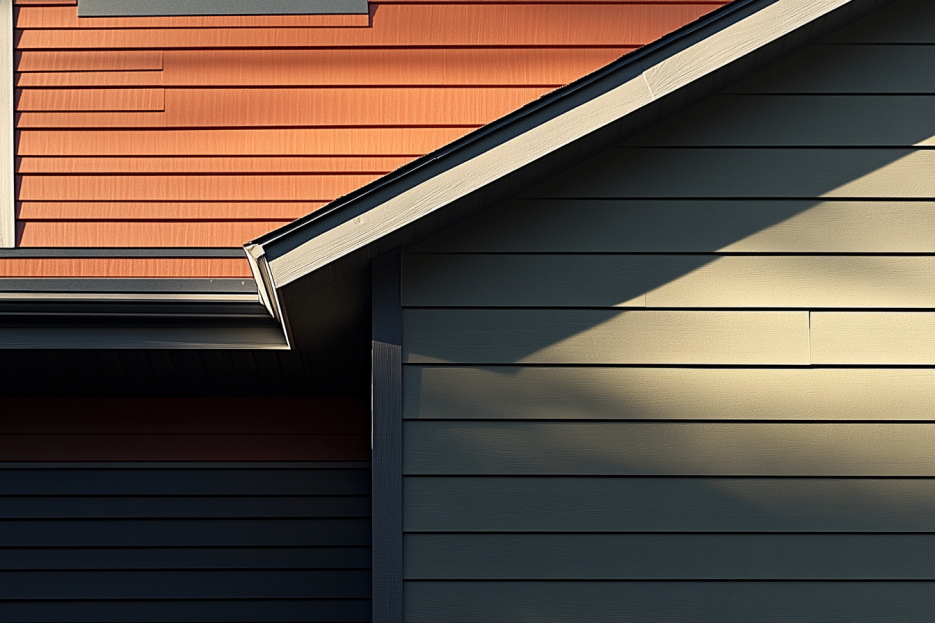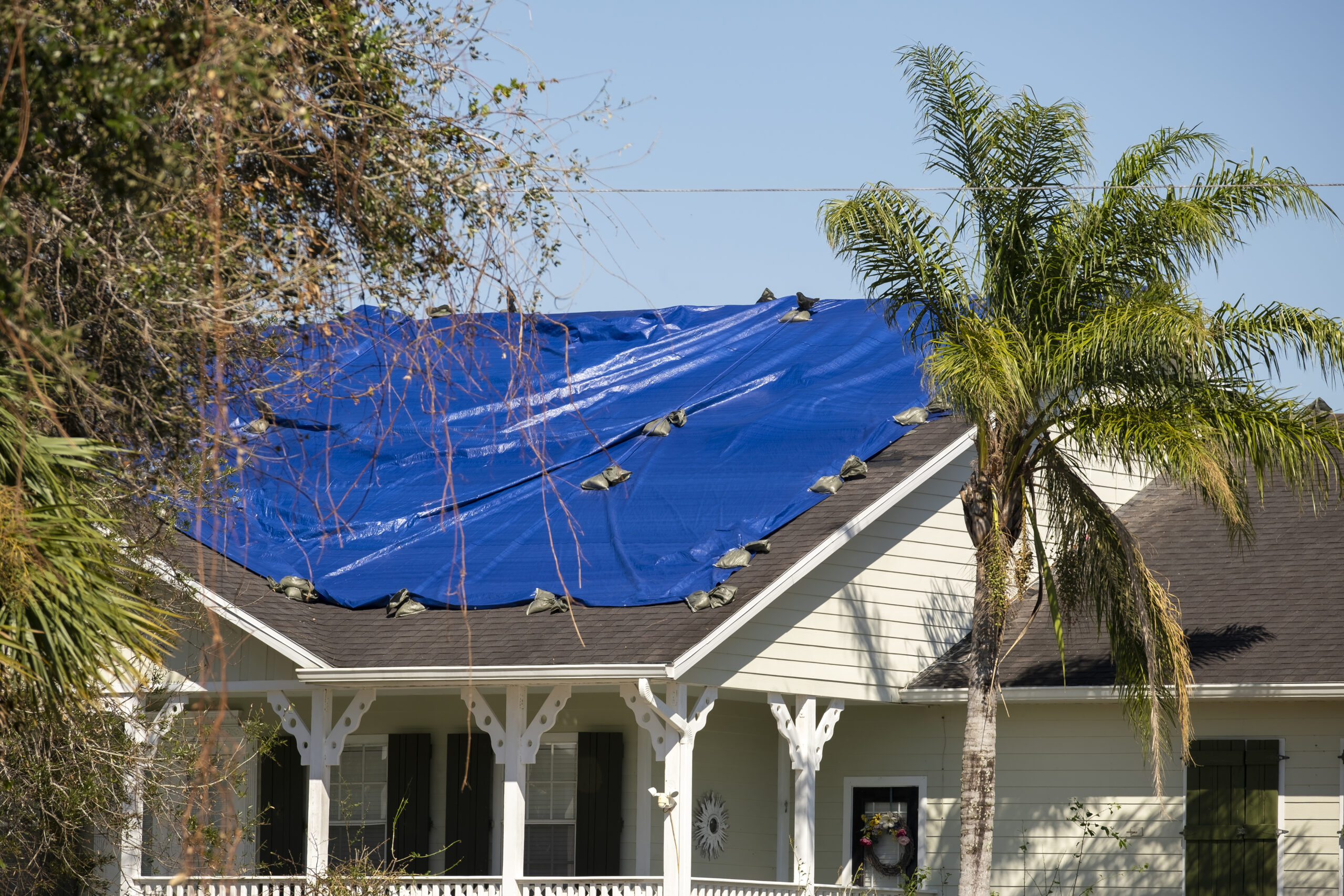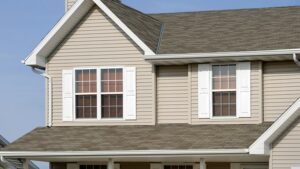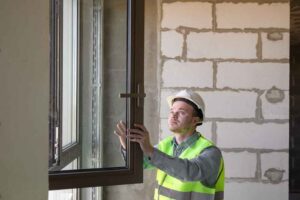When dark clouds gather and the wind starts howling across the Nebraska plains, your home’s exterior becomes the first line of defense. And for many Omaha homeowners, that means relying on vinyl siding. But just how tough is vinyl when the weather takes a turn? Can it stand up to hail, high winds, and heavy rain?
Let’s break down how vinyl siding handles storm damage—so you can make a confident, informed choice about your home’s protection.
Vinyl Siding vs. Mother Nature: What to Expect
Vinyl siding has come a long way since its early days. Today’s high-quality vinyl siding is engineered for strength, flexibility, and durability. But like any material, vinyl siding has its pros and limitations when it comes to storm resilience.
Here’s how it stacks up:
1. Wind Resistance: Strong, But Not Indestructible
Most modern vinyl siding products are rated to withstand winds up to 110 mph—and some premium lines are tested to handle gusts as high as 180 mph. That’s a huge plus in a city like Omaha, where severe thunderstorms and straight-line winds can pop up with little warning.
However, improper installation can reduce that wind resistance. If panels aren’t securely nailed or if they’ve become loose over time, strong gusts can pry them loose or cause them to flap and crack. That’s why professional installation—and periodic inspections—are key to storm survival.
2. Hail Impact: It Depends on the Size (and Age)
Hail is a common threat in Omaha, especially during the spring and summer storm season. When it comes to vinyl siding, hail resistance varies. Small hailstones often bounce off without a scratch. But larger, golf ball-sized hail? That’s where damage becomes more likely—especially on older siding that has grown brittle with age.
Some vinyl siding options are now made with impact-resistant materials designed to flex on impact instead of cracking. If hail is a recurring threat in your area, it’s worth considering an upgrade to a more resilient product.
3. Water Resistance: A Solid Win for Vinyl
One area where vinyl siding shines is moisture protection. Unlike wood, vinyl doesn’t absorb water, which means no warping, rotting, or swelling after a heavy rain. When properly installed with a weatherproof barrier behind it, vinyl siding helps channel water away from your home—keeping the structure beneath dry and protected.
It’s also resistant to mold and mildew growth, making it a smart option for humid Midwestern summers.

Maintenance Matters: A Little TLC Goes a Long Way
Even the best siding can’t do its job if it’s neglected. Regularly inspecting your vinyl siding—especially after storms—can help catch minor issues before they become major repairs. Look for:
- Cracks or holes
- Loose panels
- Warped or bowed sections
- Signs of moisture behind the siding
And always clean your siding at least once a year to remove dirt, debris, and any mold spores that may have settled on the surface.

Final Thoughts: Is Vinyl Siding Storm-Ready?
In most cases, yes—vinyl siding offers solid protection against the types of storms we see here in Omaha. With proper installation, occasional maintenance, and smart product selection, it can be a long-lasting and reliable defense for your home.
Still, no material is 100% stormproof. That’s why it’s so important to partner with a team who knows local weather patterns and siding performance inside and out.
Don’t Weather the Next Storm Alone—Call Bishop Exteriors
At Bishop Exteriors, we don’t just install siding—we help protect homes across Omaha with smart, storm-ready solutions. Whether you’re upgrading to more impact-resistant siding or need fast repairs after a storm, our team is here with experience, honesty, and top-tier craftsmanship.
Contact Bishop Exteriors today to schedule your siding inspection or consultation. Because when the next storm hits, you deserve to know your home is ready.





